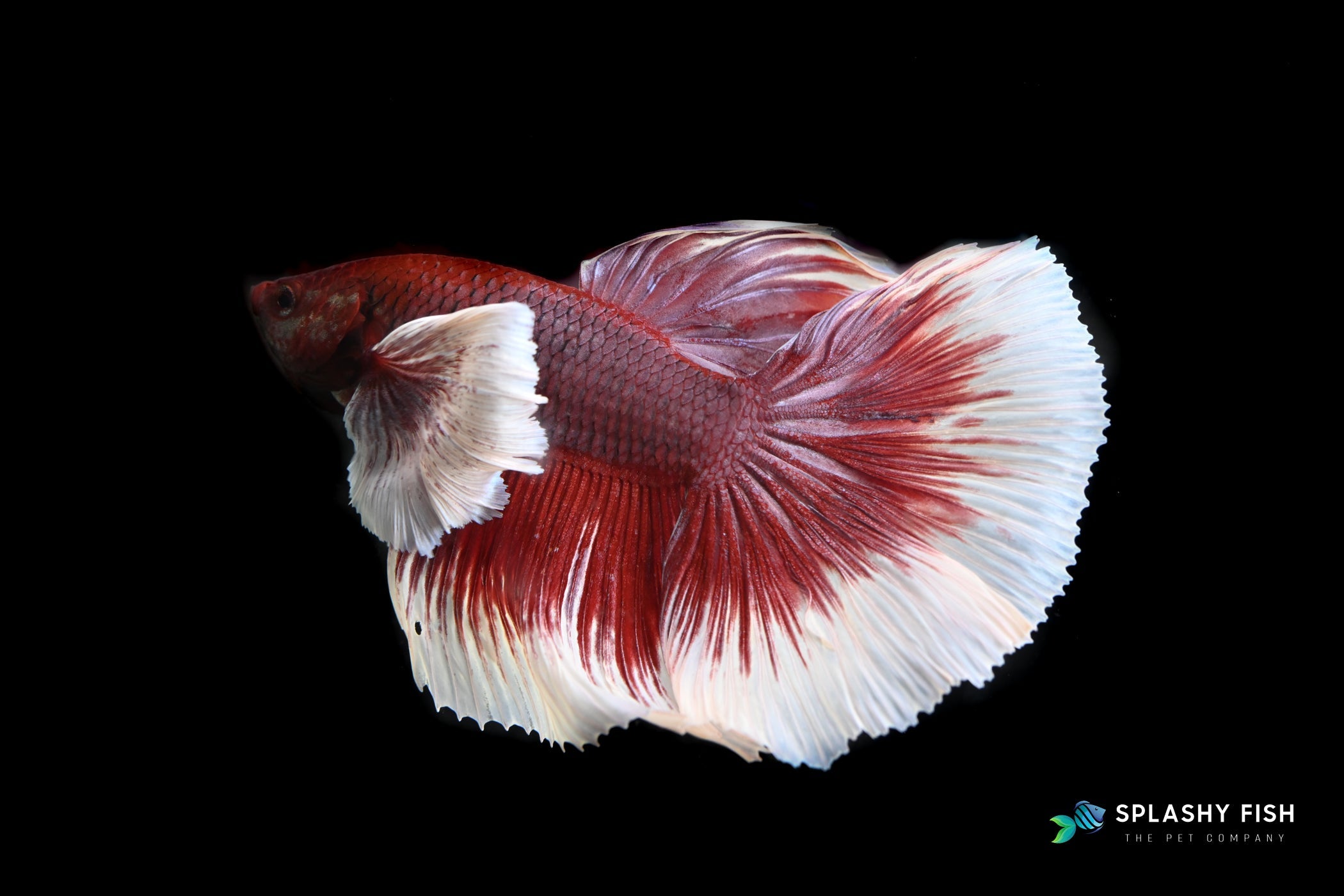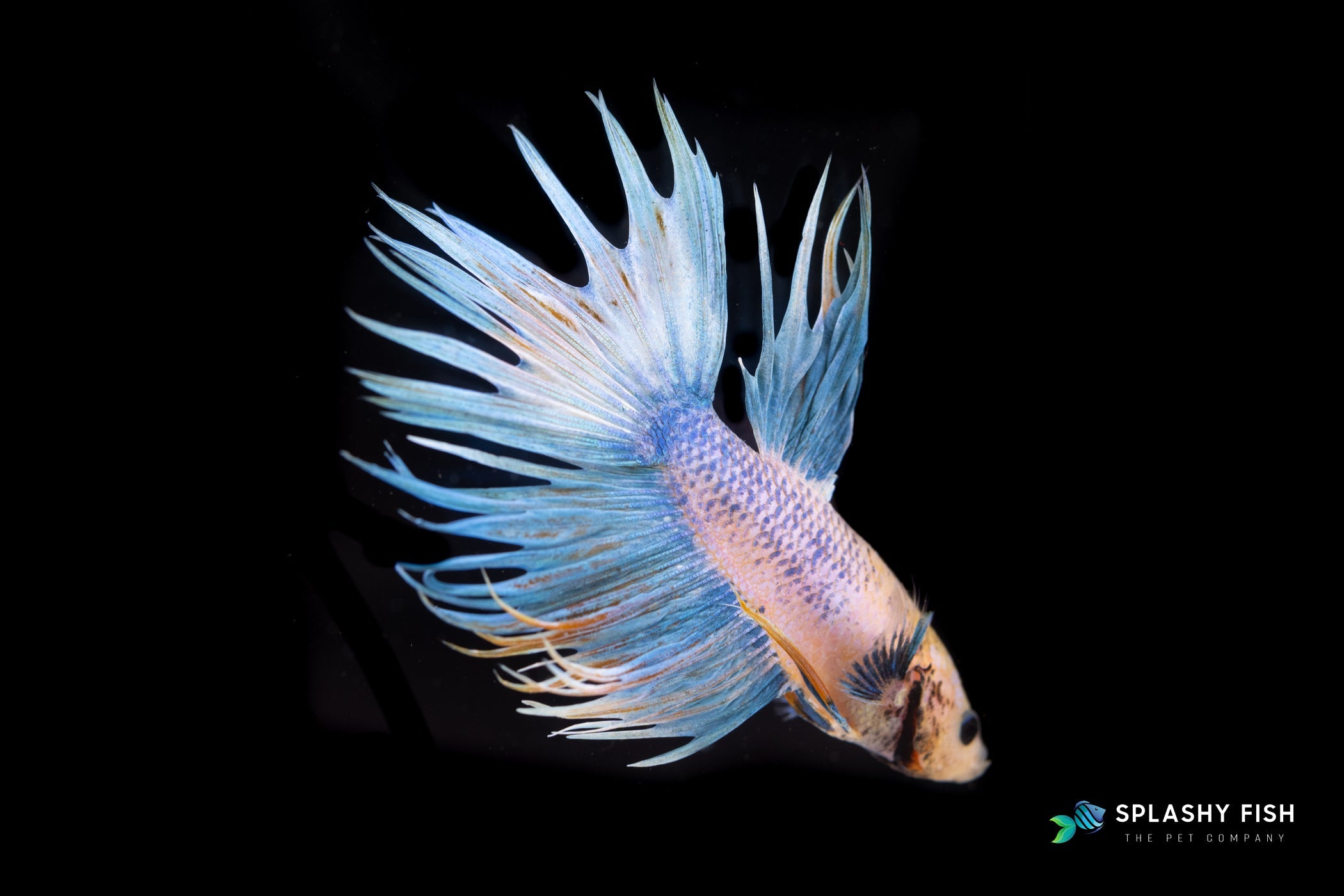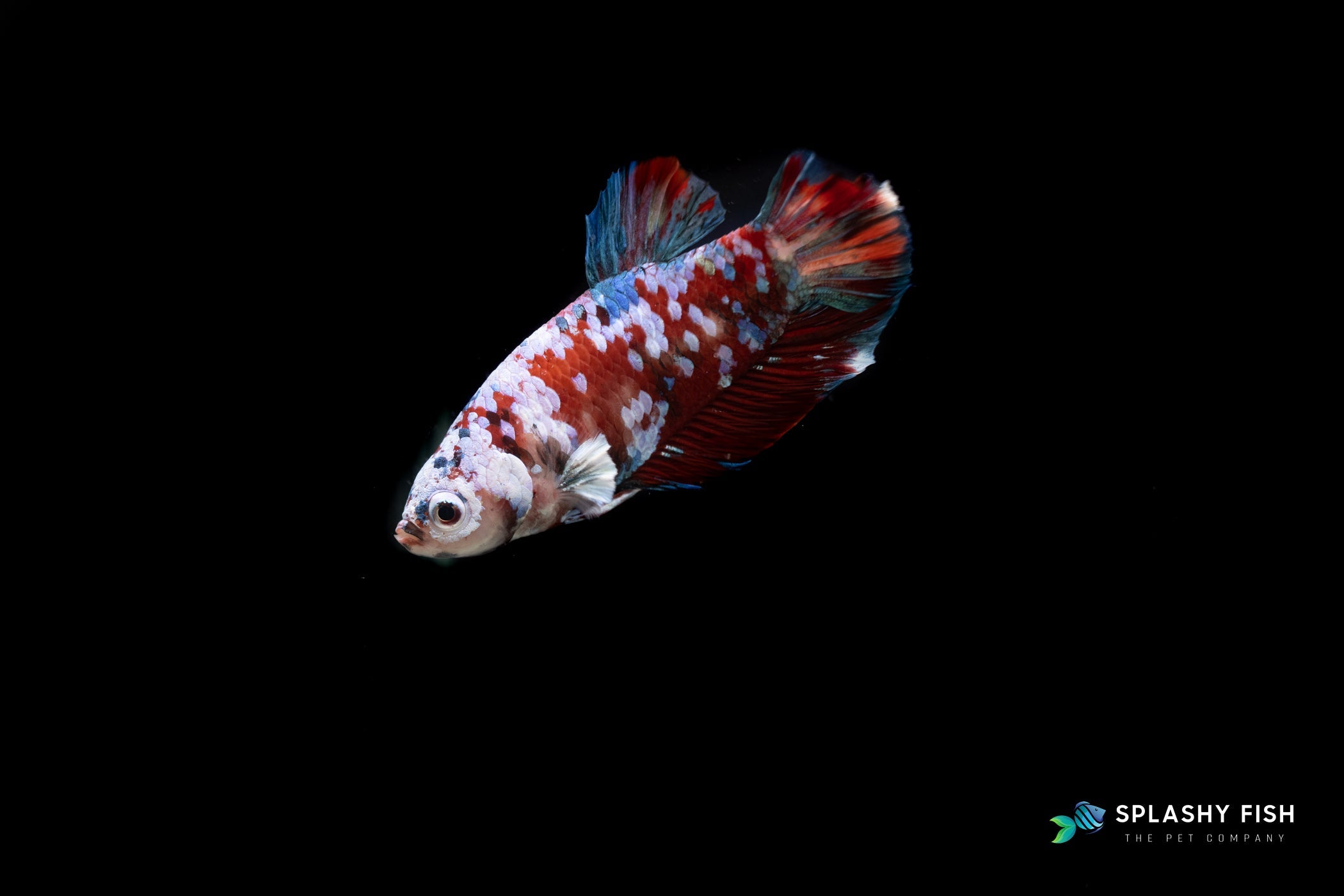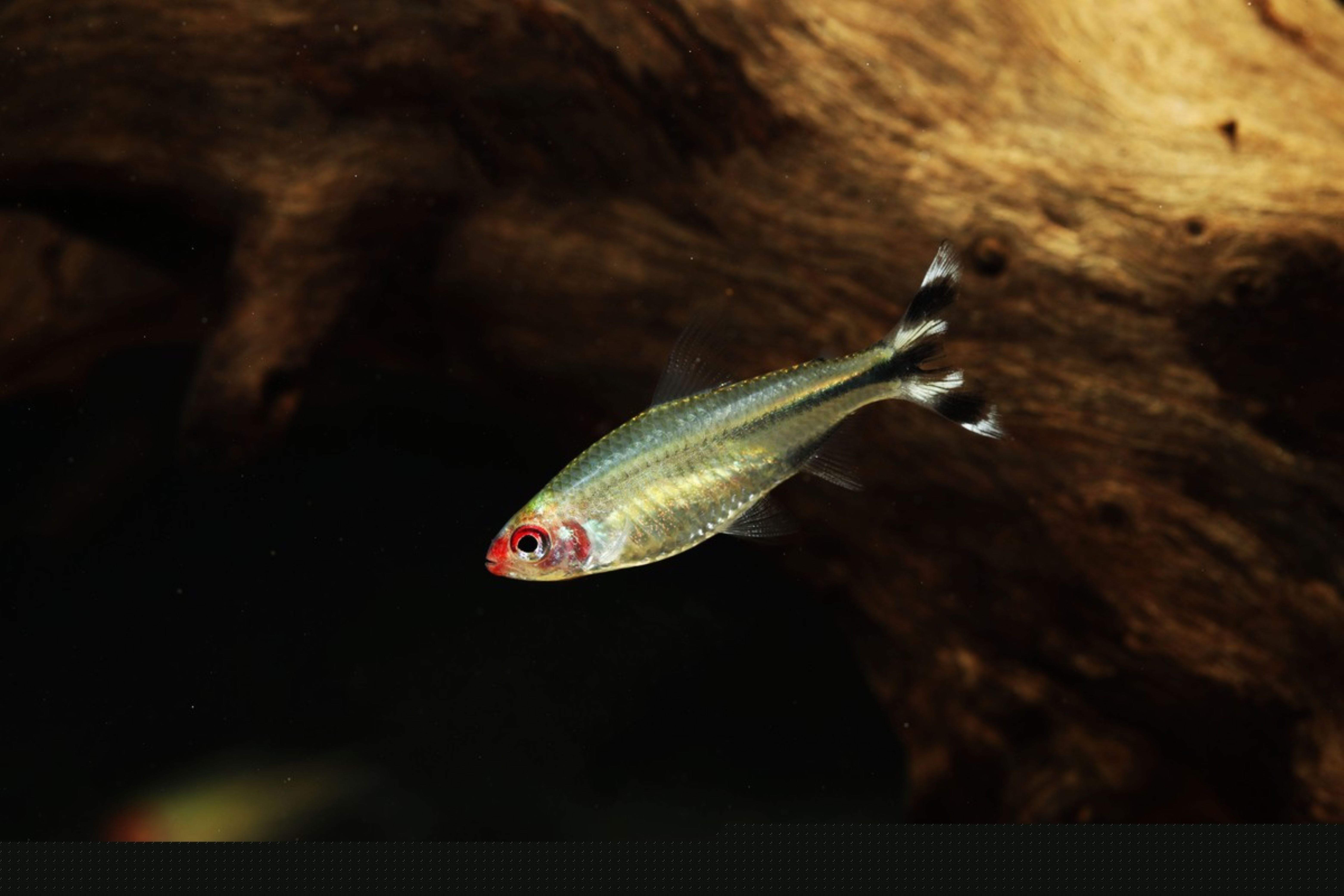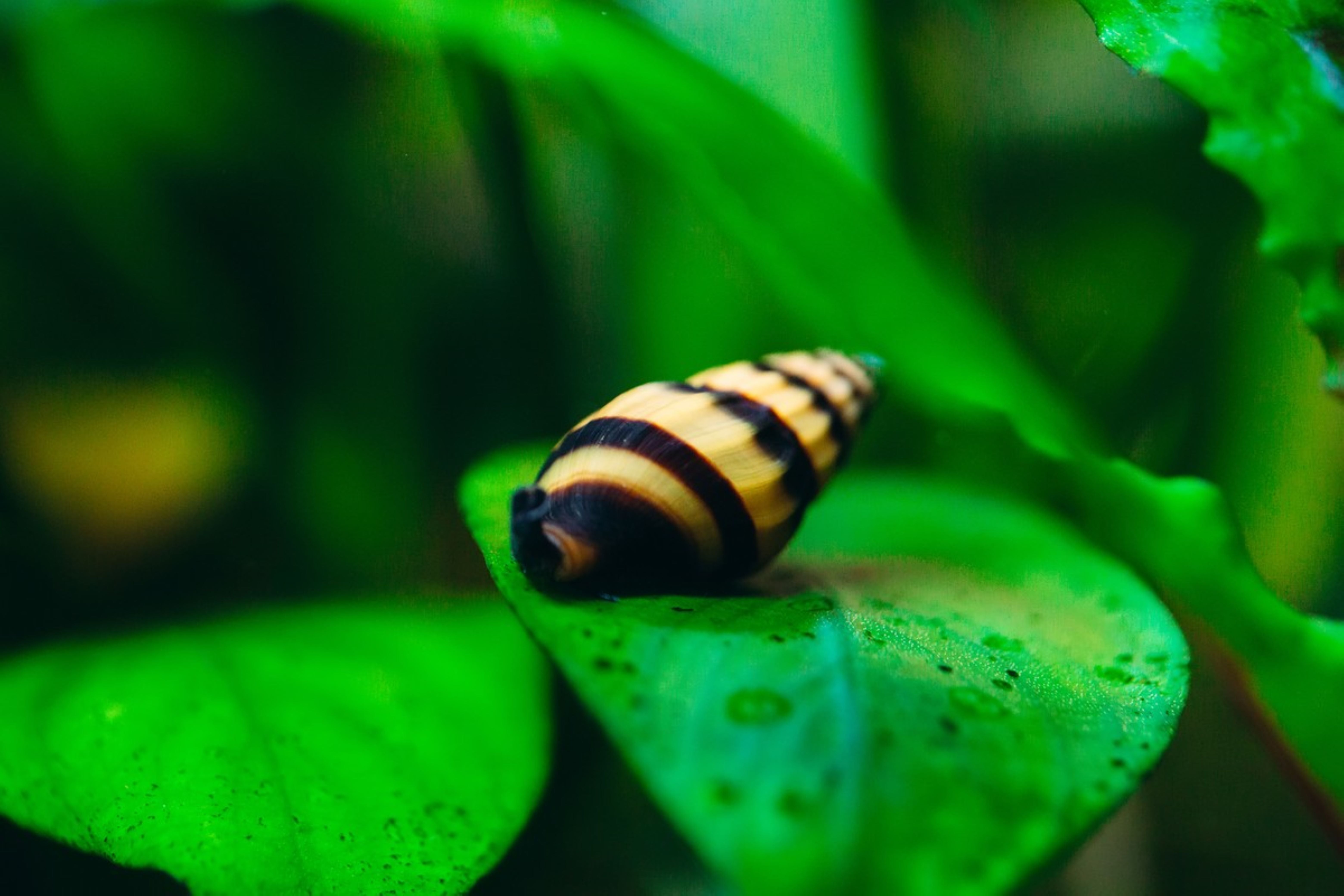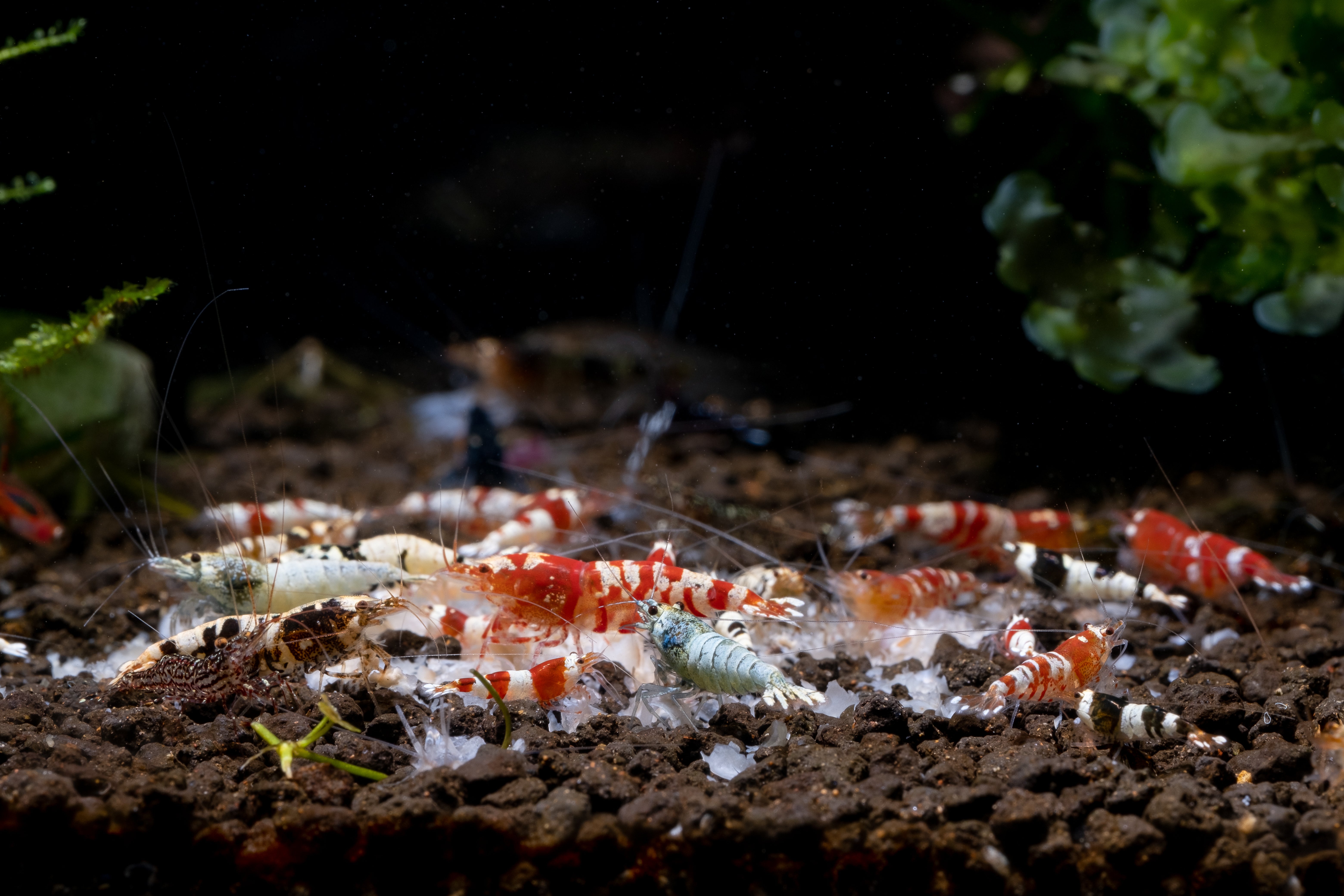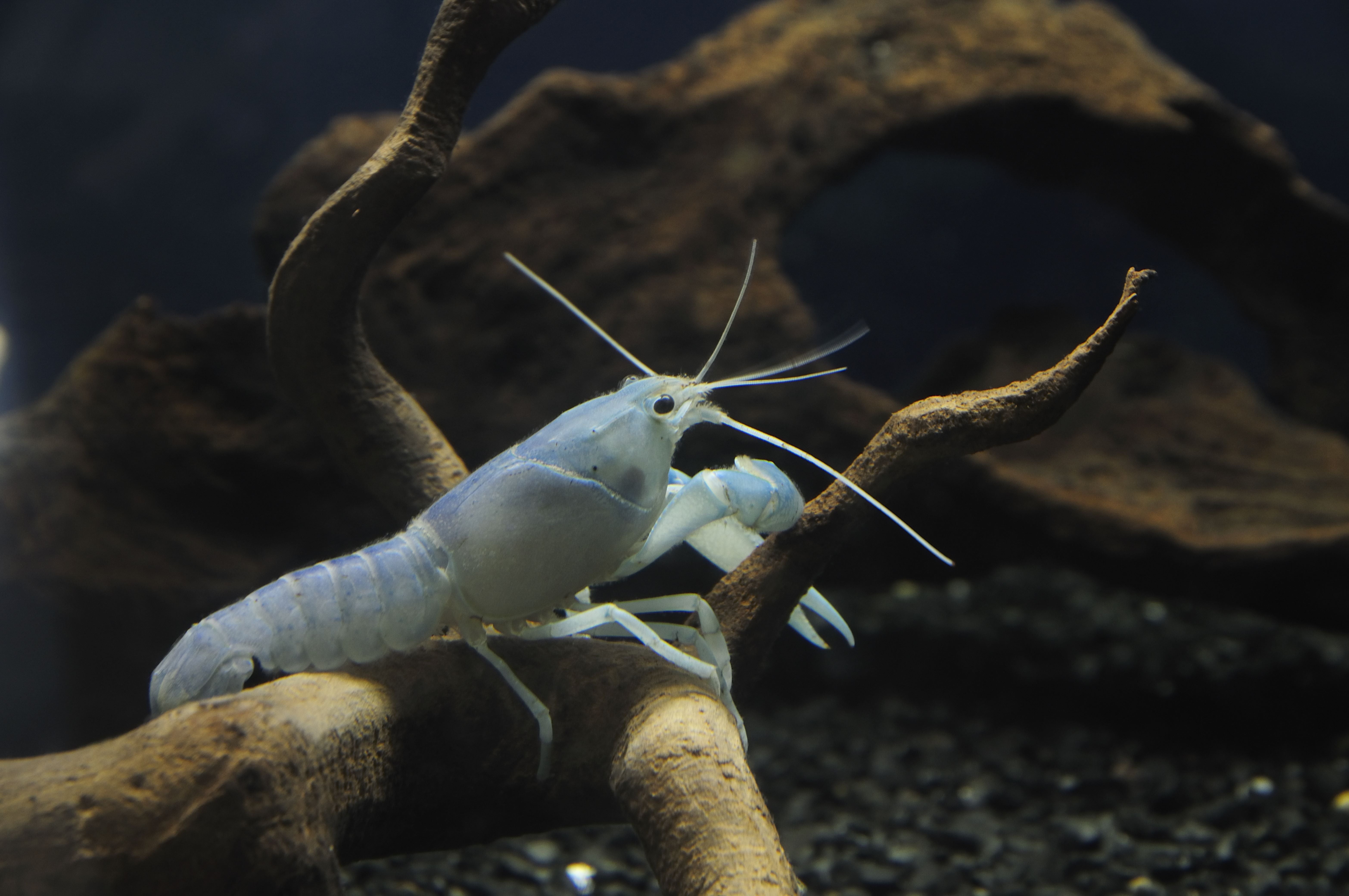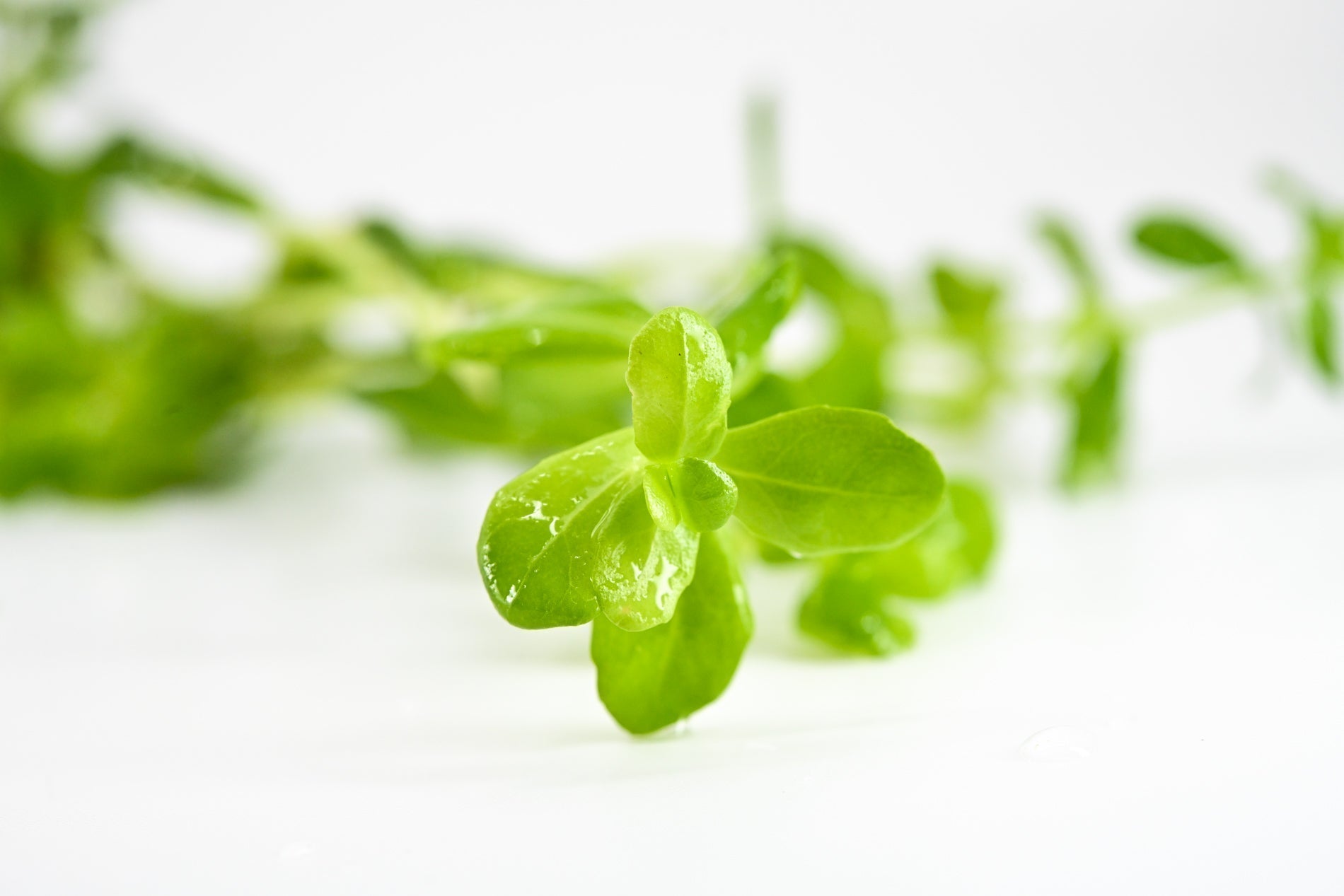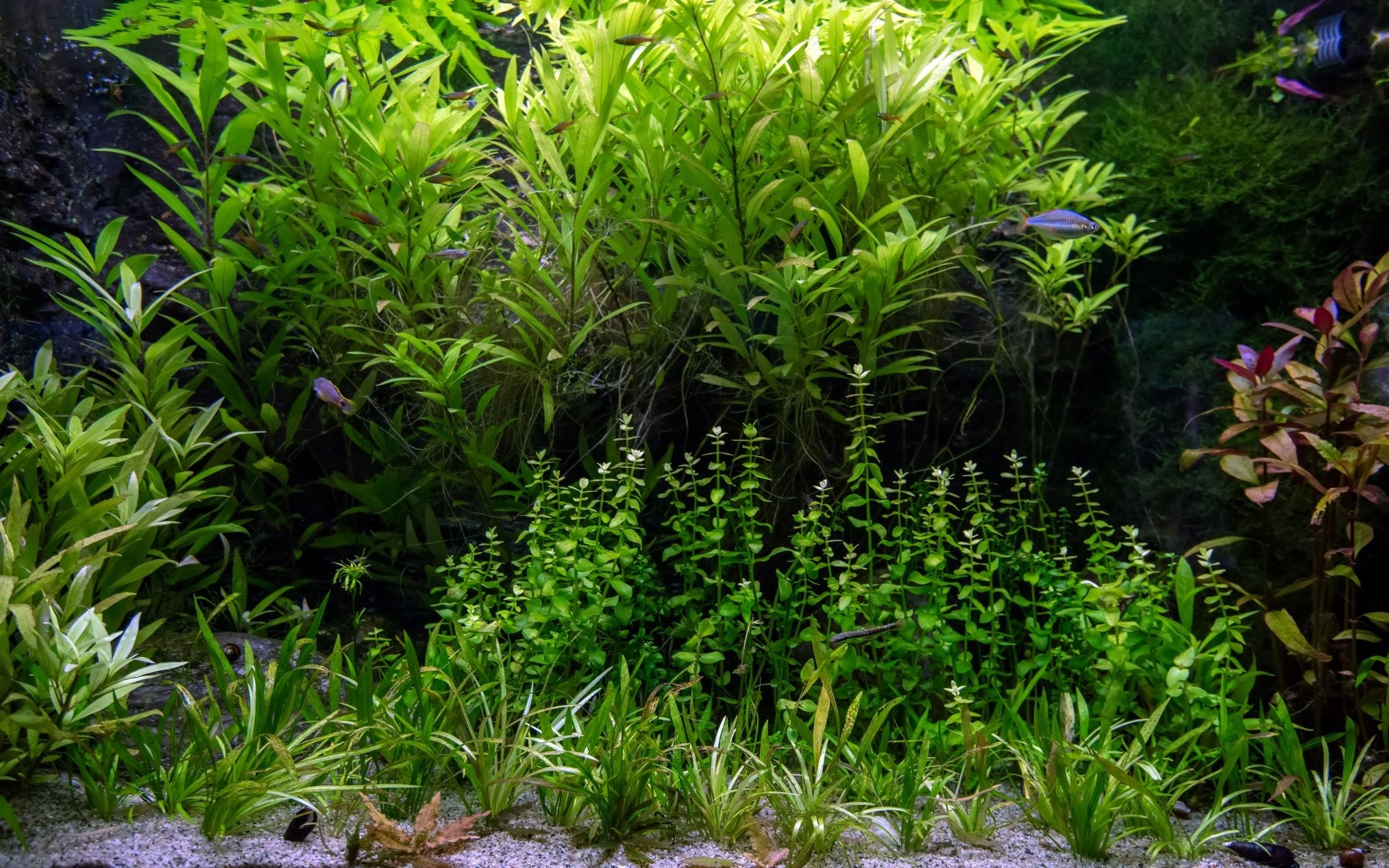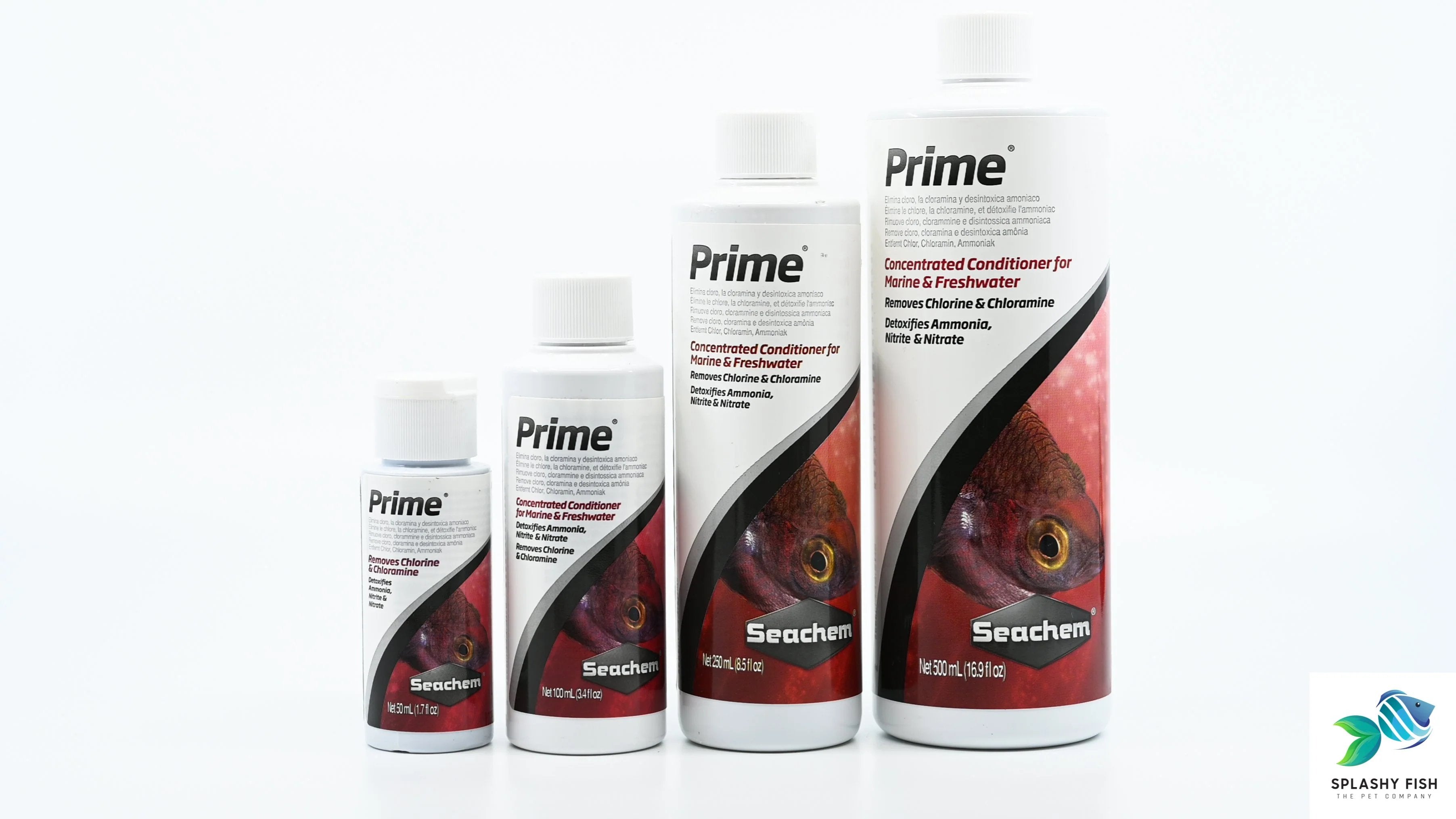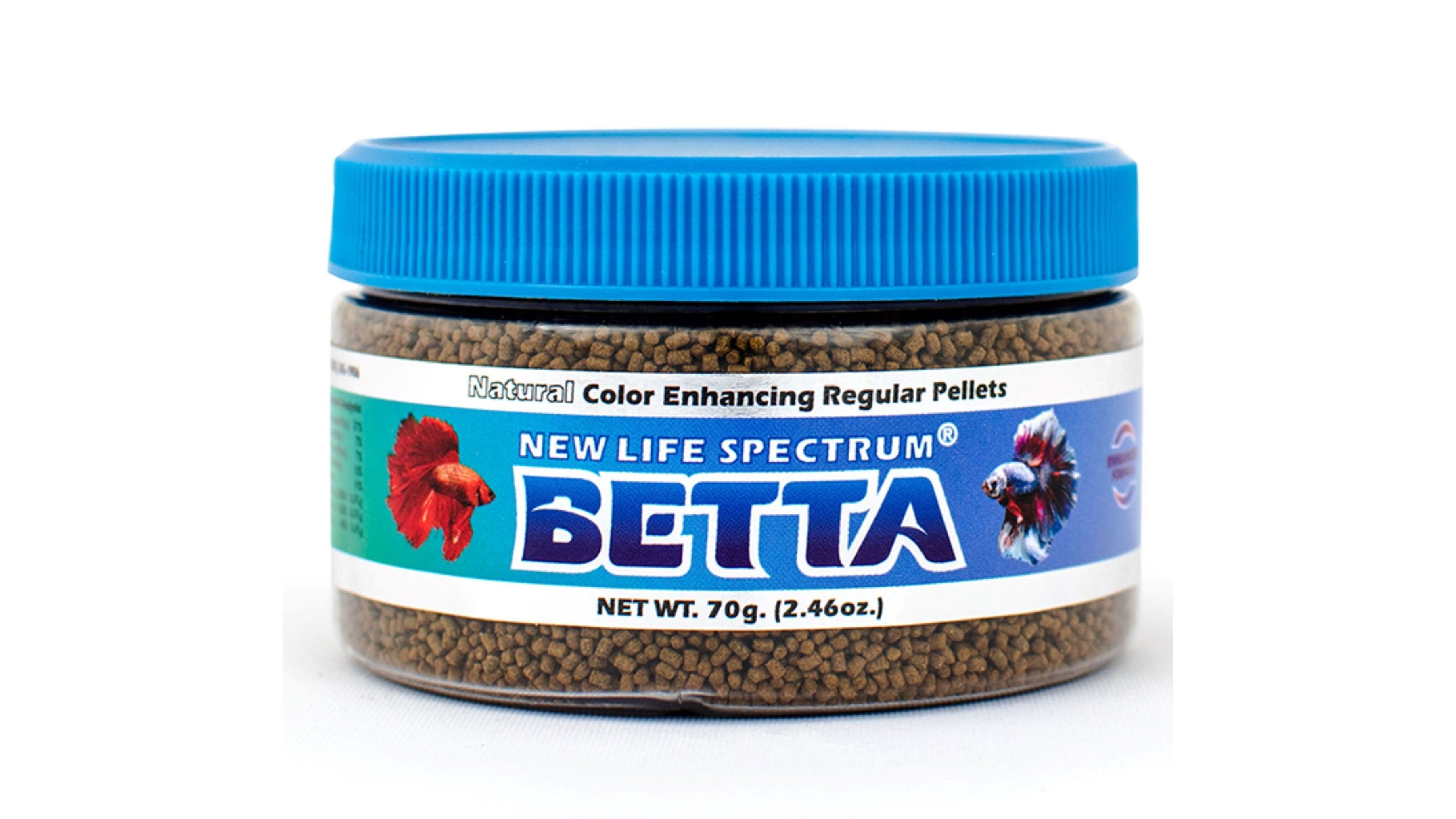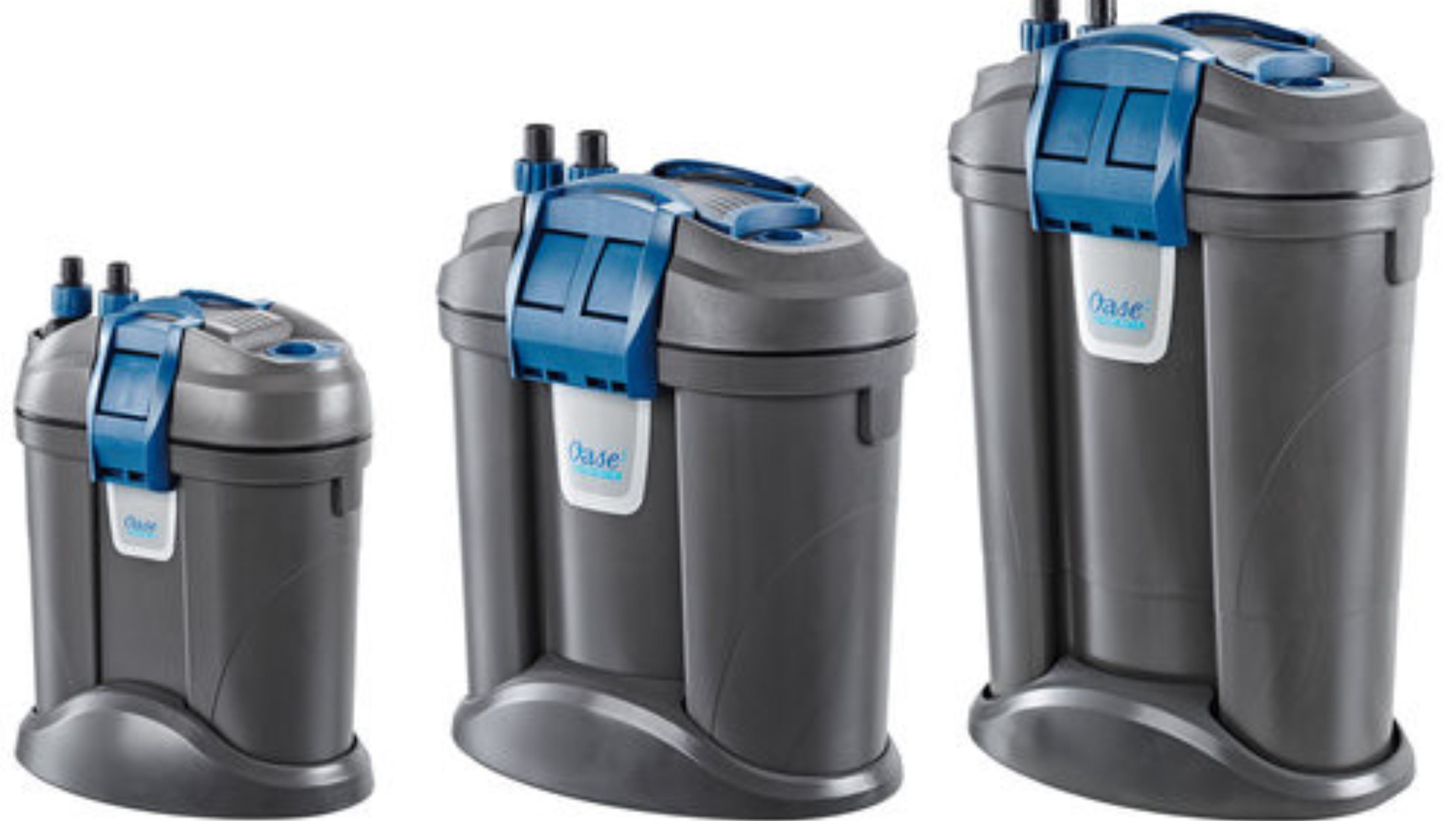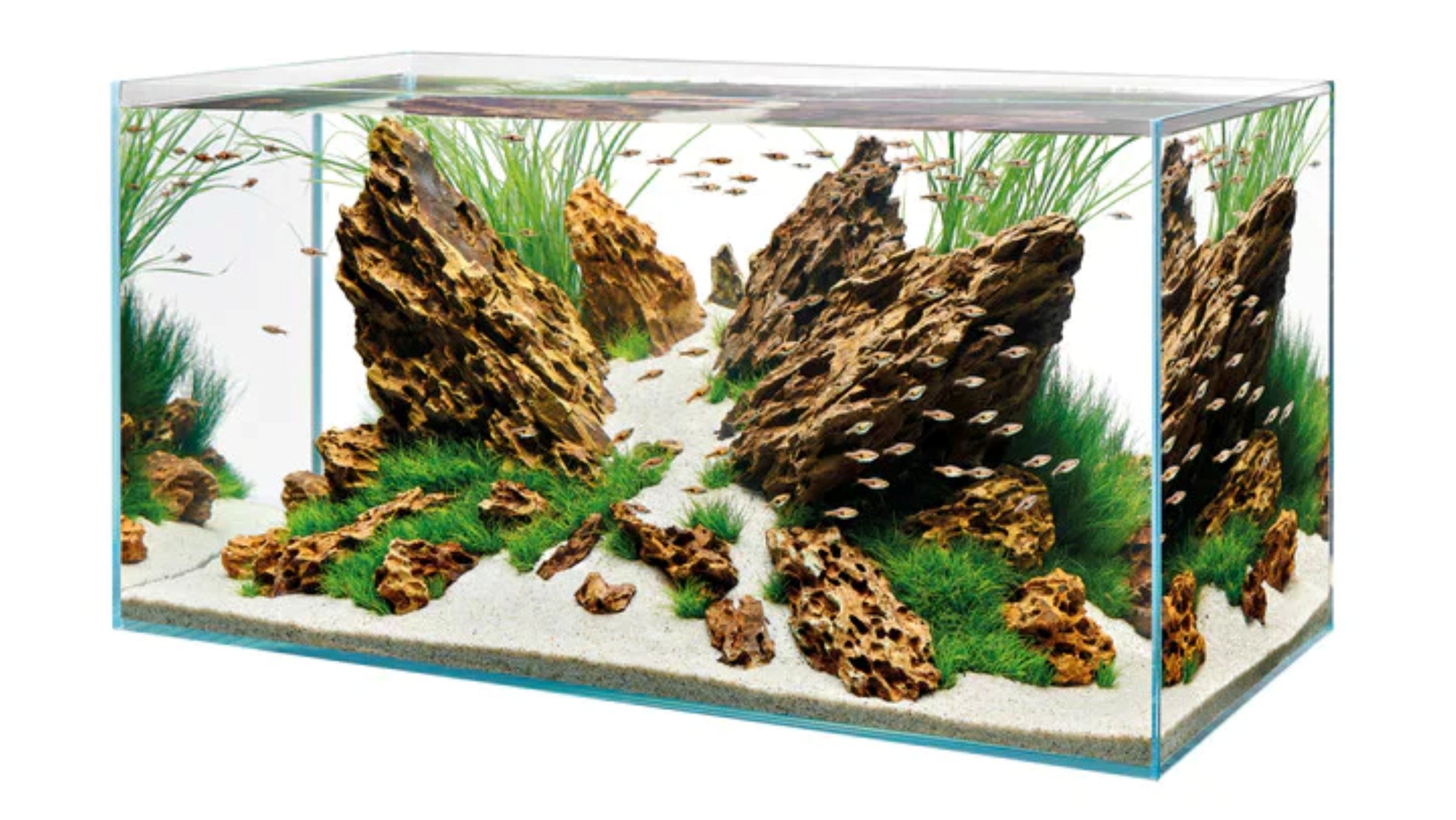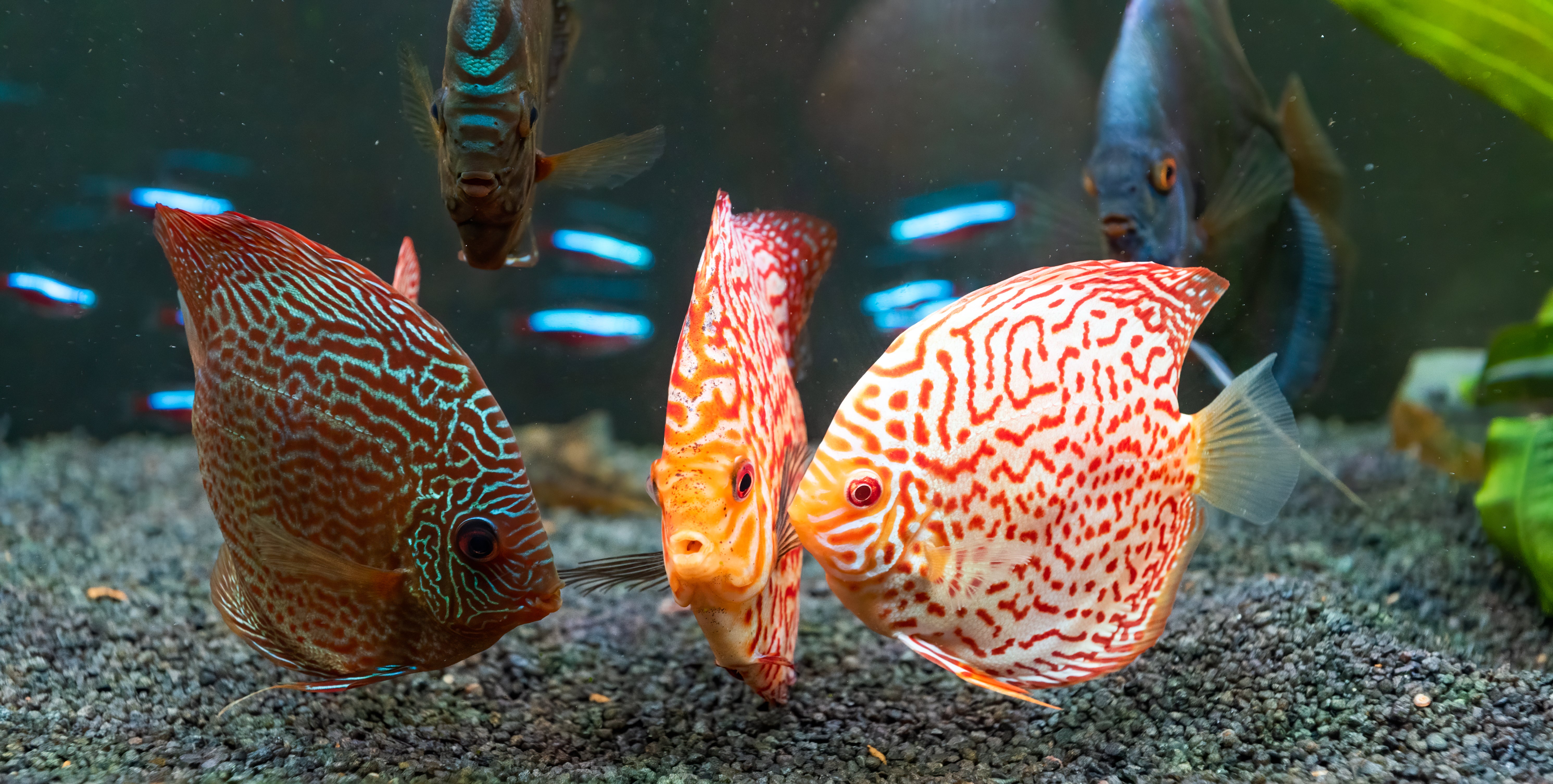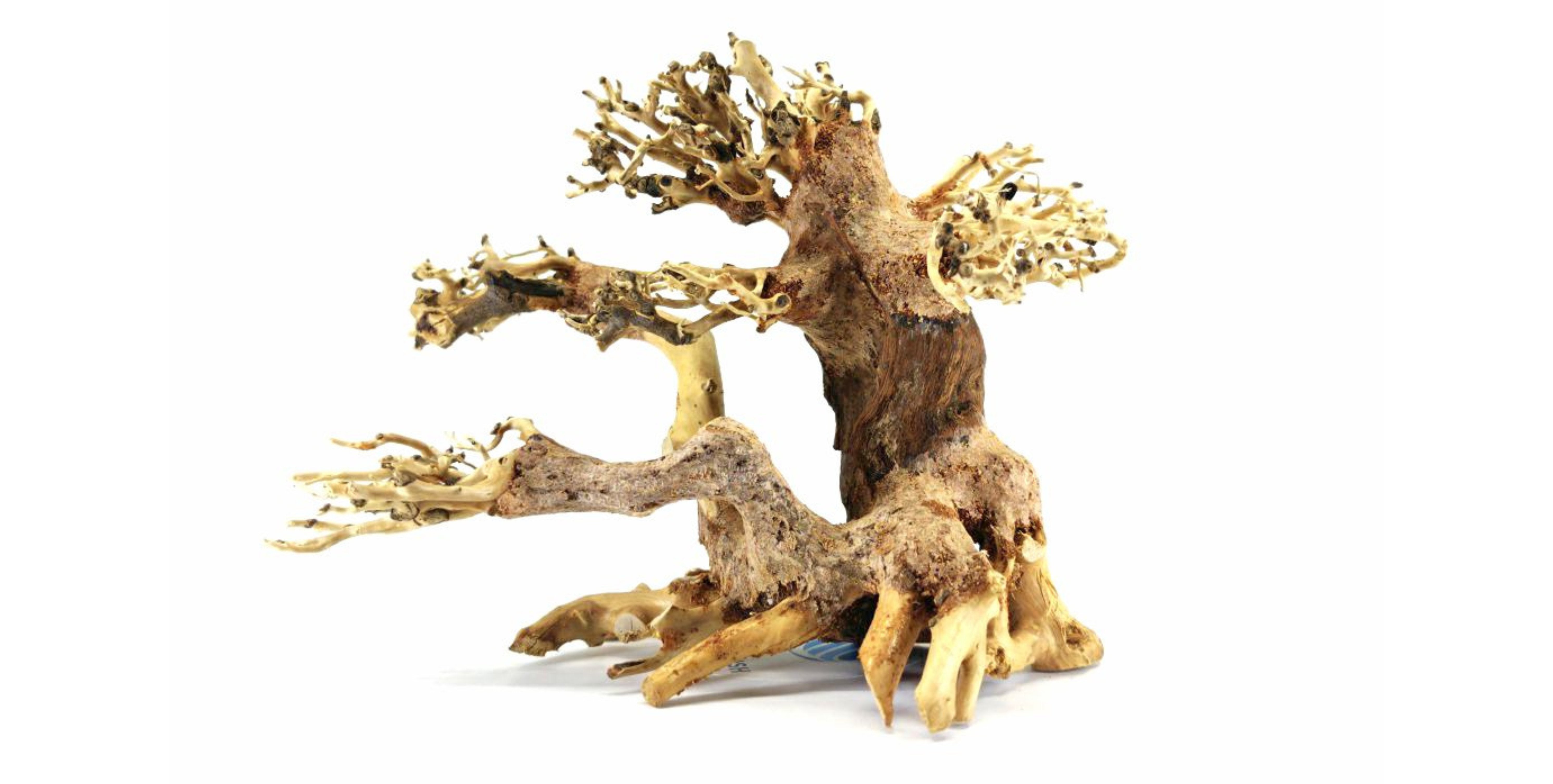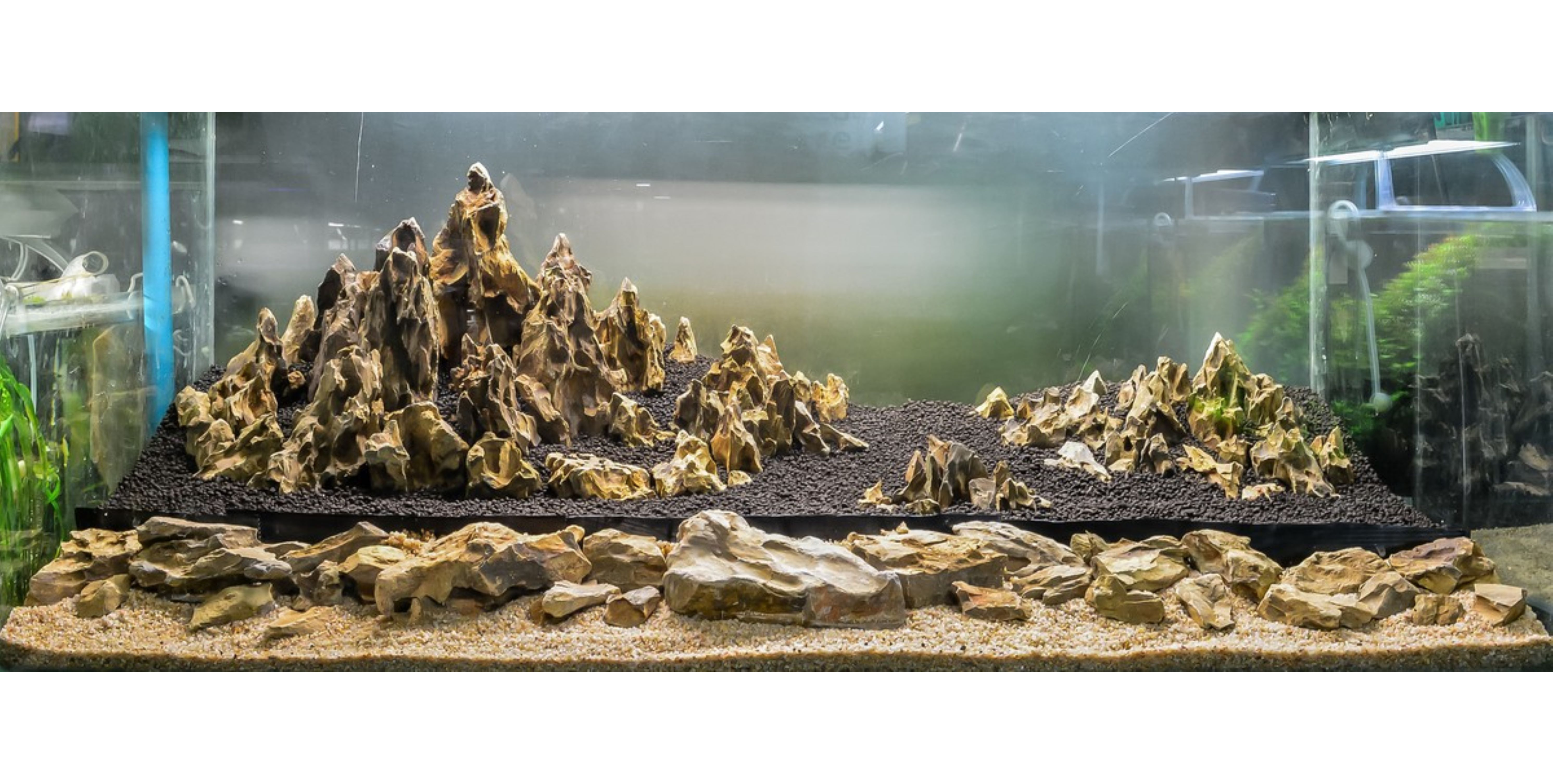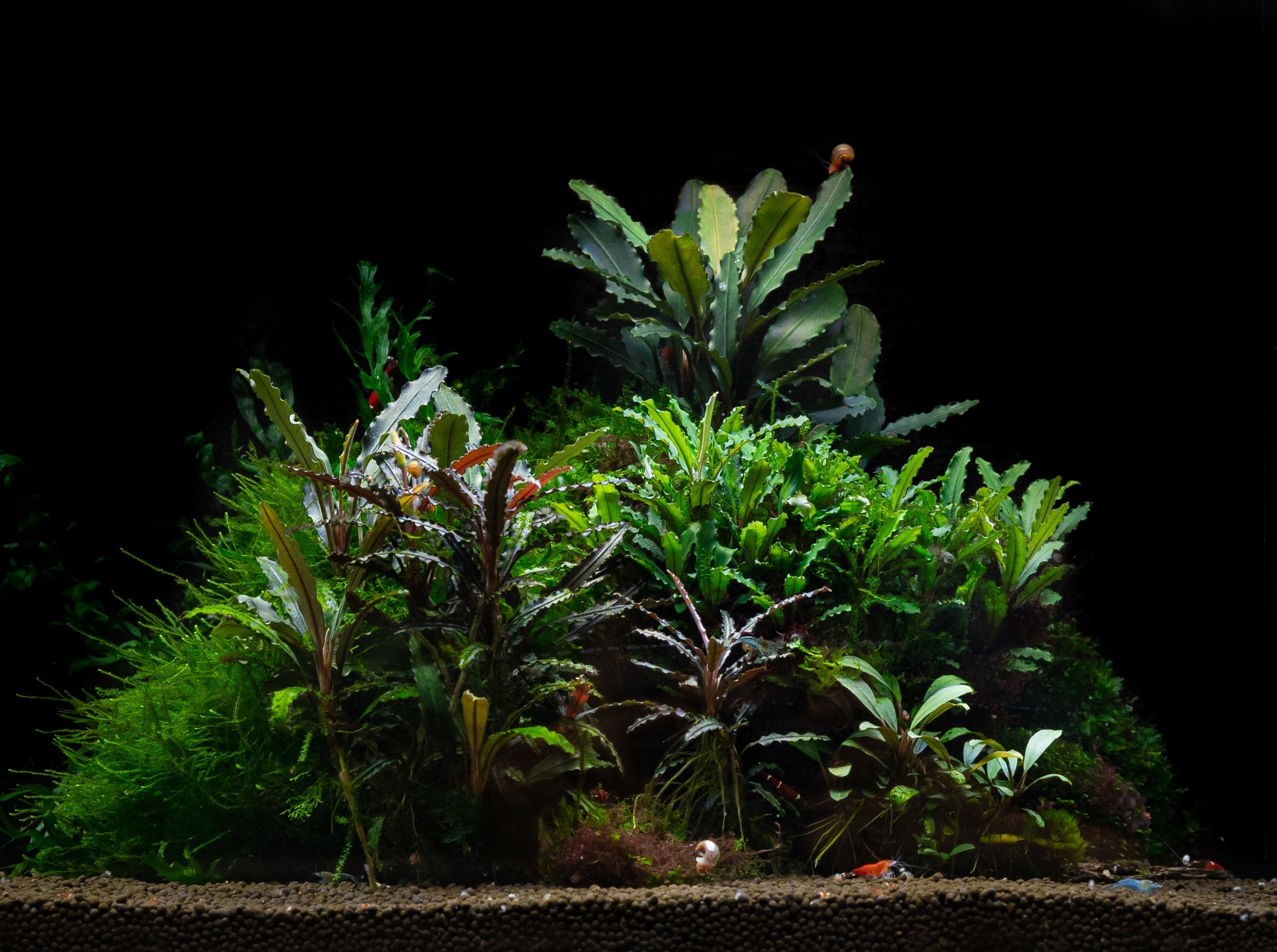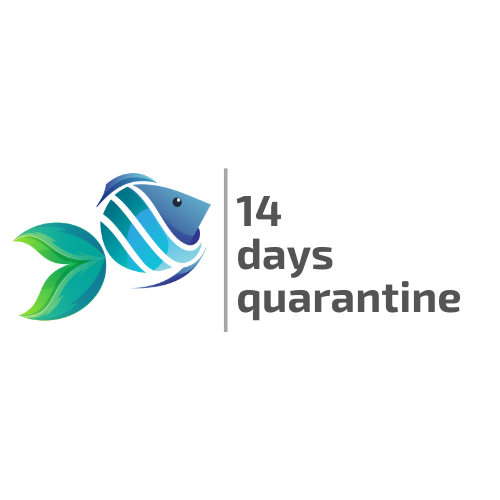Table of Contents
Setting up a vibrant aquarium is like creating a miniature ecosystem, and when it comes to freshwater crabs, finding the right tank mates can make all the difference. These fascinating crustaceans add not only movement but also an element of intrigue to your aquatic environment. However, mixing species requires careful consideration to ensure a harmonious coexistence. So, what are the ideal companions that will enhance your aquarium while keeping your crabs happy and healthy? In this article, we’ll explore seven fantastic tank mates for freshwater crabs, focusing on compatibility, environmental needs, and the overall balance of your underwater world. Whether you're a seasoned aquarist or just starting out, these selections will help you create a thriving community that showcases the beauty and diversity of aquatic life. Dive in and discover how to elevate your aquarium's harmony today!
Understanding Freshwater Crab Habits
Freshwater crabs are unique and diverse creatures with various species available in the aquarium hobby, such as Thai Micro Crabs, Panther Crabs, Vampire Crabs, and Red Devil Crabs. They often prefer semi-aquatic or fully aquatic environments, depending on the species, and tend to be bottom-dwellers who enjoy hiding, burrowing, and scavenging for food.
They are generally nocturnal and can be territorial, especially during molting periods when they are vulnerable. Freshwater crabs also tend to climb, so secure lids are essential to prevent escapes. Understanding their solitary nature and need for shelter is key when introducing other species into the same tank.

Factors to Consider When Choosing Tank Mates for Freshwater Crabs
When selecting tank mates for freshwater crabs, consider these essential factors to ensure safety and compatibility:
- Temperament: Avoid aggressive fish or overly curious species that may harass or injure crabs.
- Size: Choose species that are too large to be eaten but not large enough to pose a threat to the crabs.
- Tank Zones: Opt for fish that occupy the upper and middle regions, while crabs stay at the bottom.
- Water Parameters: Ensure all species thrive within the same pH, temperature, and hardness range.
- Feeding Behavior: Prevent food competition by offering sinking food for crabs and floating food for fish.
- Habitat Needs: Provide hiding places and structure to reduce territorial stress and aggression.
By addressing these factors, you'll be better prepared to create a balanced and peaceful aquarium.
Gouramis
Gouramis are a great choice due to their gentle nature and preference for the mid-to-top water column. Popular species include Honey Gourami, Pearl Gourami, and Sparkling Gourami. They are peaceful, colorful, and tend to mind their own business, making them excellent companions for bottom-dwelling freshwater crabs.
- Tank Size: 20 gallons or more
- Water Parameters: pH 6.0–7.5, Temperature 74–82°F
- Behavior: Peaceful and slow-moving
Gouramis rarely interfere with bottom-level activity, reducing the chance of conflict.
Tetras
Tetras such as Black Neon Tetras, Ember Tetras, and Cardina Tetras are popular schooling fish that add color and movement to the upper regions of the aquarium. Their size and agility help them avoid crab pincers, and they rarely interact with bottom-dwelling species.
- Tank Size: 15–20 gallons minimum for a school
- Water Parameters: pH 6.5–7.5, Temperature 72–78°F
- Behavior: Peaceful schooling fish
Because they tend to stay in groups and occupy upper water zones, tetras pose little threat to crabs and vice versa.
Swordtails
Swordtails are active and sociable fish that adapt well to community tanks. Their swift swimming ability and preference for mid-to-top tank levels make them suitable tank mates for freshwater crabs.
- Tank Size: Minimum 20 gallons
- Water Parameters: pH 7.0–8.3, Temperature 72–82°F
- Behavior: Peaceful with occasional male sparring
Males can sometimes display mild aggression, so maintaining a higher ratio of females can help reduce stress.
Rainbowfish
Rainbowfish, such as the Boesemani or Dwarf Neon Rainbowfish, are peaceful, schooling fish that bring a dynamic element to your aquarium. Their speed and mid-level swimming habits prevent interaction with crabs.
- Tank Size: 30 gallons or more
- Water Parameters: pH 6.5–8.0, Temperature 72–78°F
- Behavior: Active, non-aggressive
Rainbowfish are visually stunning and do well in planted tanks where freshwater crabs can find shelter.
Danios
Danios such as Zebra Danios or Leopard Danios are hardy, quick swimmers that are ideal for beginner aquarists. Their speed makes them difficult for crabs to catch, and they generally occupy the upper zones.
- Tank Size: 10 gallons minimum
- Water Parameters: pH 6.5–7.5, Temperature 64–75°F
- Behavior: Fast, peaceful, and social
Danios are very active and can thrive in cool or tropical setups alongside freshwater crabs.
Barbs
While some barb species are known for aggression, peaceful varieties like Cherry Barbs or Tiger Barbs can cohabitate well with crabs. They are active and robust, minimizing the risk of predation.
- Tank Size: 20 gallons or more
- Water Parameters: pH 6.0–7.5, Temperature 72–78°F
- Behavior: Social, with mild territorial tendencies
Avoid fin-nipping barbs like Tiger Barbs, as they may stress or harm other tank mates.
Other Invertebrates
Some invertebrates can live harmoniously with crabs under the right conditions:
- Nerite Snails: Their tough shells make them crab-proof and excellent algae eaters.
- Amano Shrimp: Large enough to avoid predation, especially in a heavily planted tank.
- Ghost Shrimp: Riskier, but can survive if provided with hiding spots and enough space.
In all cases, add extra hiding spots like Moss, caves, or driftwood to ensure safety.
Create Ideal Environments for Freshwater Crabs and Tank Mates
A harmonious tank requires more than just compatible species. You must create an environment that caters to all inhabitants:
- Tank Size: Minimum 20 gallons, more if housing multiple crabs or schools of fish
- Substrate: Fine sand or smooth gravel for burrowing
- Decor: Caves, rocks, driftwood, and PVC pipes for hiding
- Plants: Artificial or live plants to create cover and reduce stress
- Filtration: Gentle filtration to avoid disturbing crabs, but sufficient to maintain water quality
- Water Parameters: pH 6.8–7.5, Temperature 72–78°F
- Lighting: Moderate to mimic natural day cycles
A divided tank setup or the use of barriers can help separate aggressive individuals if needed.
See more details on How to Care for Freshwater Crabs here.
Conclusion
Freshwater crabs are fascinating, low-maintenance pets that bring personality and natural behavior to your aquarium. With the right tank setup and carefully selected tank mates, they can live peacefully alongside a variety of fish and invertebrates. Whether you choose Gouramis, Tetras, Rainbowfish, or peaceful Barbs, the key is understanding each species' habits and providing an environment where all can thrive.
If you’re considering getting freshwater crabs and tank mates to your aquarium tank, visit Splashy Fish tropical fish store to shop freshwater crabs for sale online or at our aquarium store in Virginia for more freshwater fish for sale, freshwater shrimp for sale, aquarium plants for sale, and aquarium supplies.
Freshwater Crabs’ Tank Mates Frequently Asked Questions (FAQs)
Can freshwater crabs live with betta fish?
Freshwater crabs can potentially live with betta fish, but it depends on the temperament of both species and the tank setup. Bettas are known for their flowing fins and territorial behavior, while crabs may nip or pinch if space is limited. In a large, heavily decorated tank with ample hiding spots and defined territories, coexistence is possible, though not guaranteed. Always monitor closely for signs of stress or aggression.
Can I keep different types of freshwater crabs together?
Keeping different species of freshwater crabs together is generally not recommended. Most freshwater crab species are territorial, especially during molting periods when they are vulnerable. Mixing species with different water requirements and temperaments can lead to stress, injuries, or even fatalities. If you must keep more than one species, use separate tanks or divided enclosures.
How many freshwater crabs should I keep per gallon?
The ideal stocking rule is about 1 freshwater crab per 5 to 10 gallons of water, depending on the species and tank setup. Smaller species like Thai Micro Crabs can be housed in groups more densely, while larger species such as Panther Crabs or Red Devil Crabs require more space and territorial room. Providing ample hiding spots, caves, and visual barriers is essential to reduce territorial conflict.



